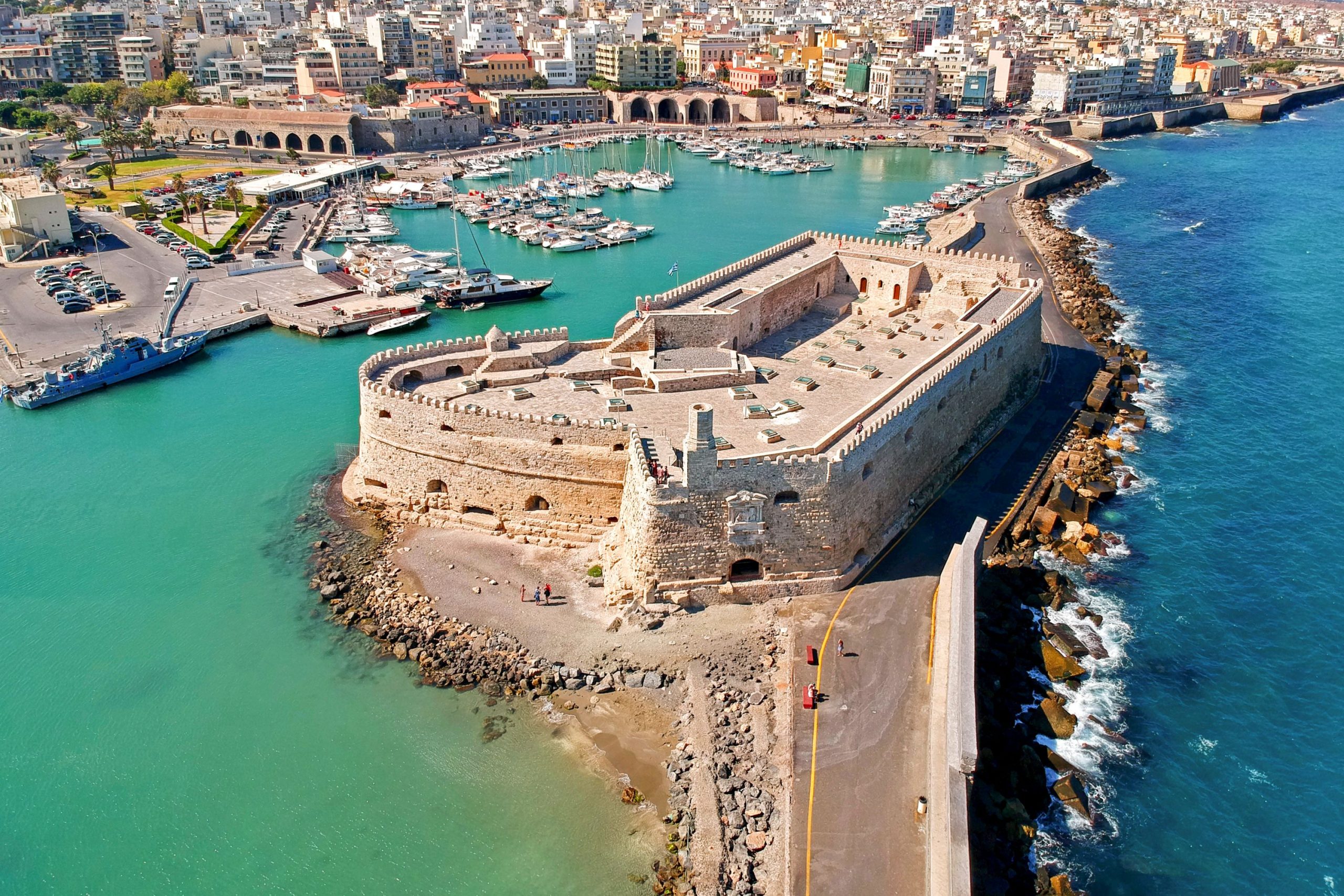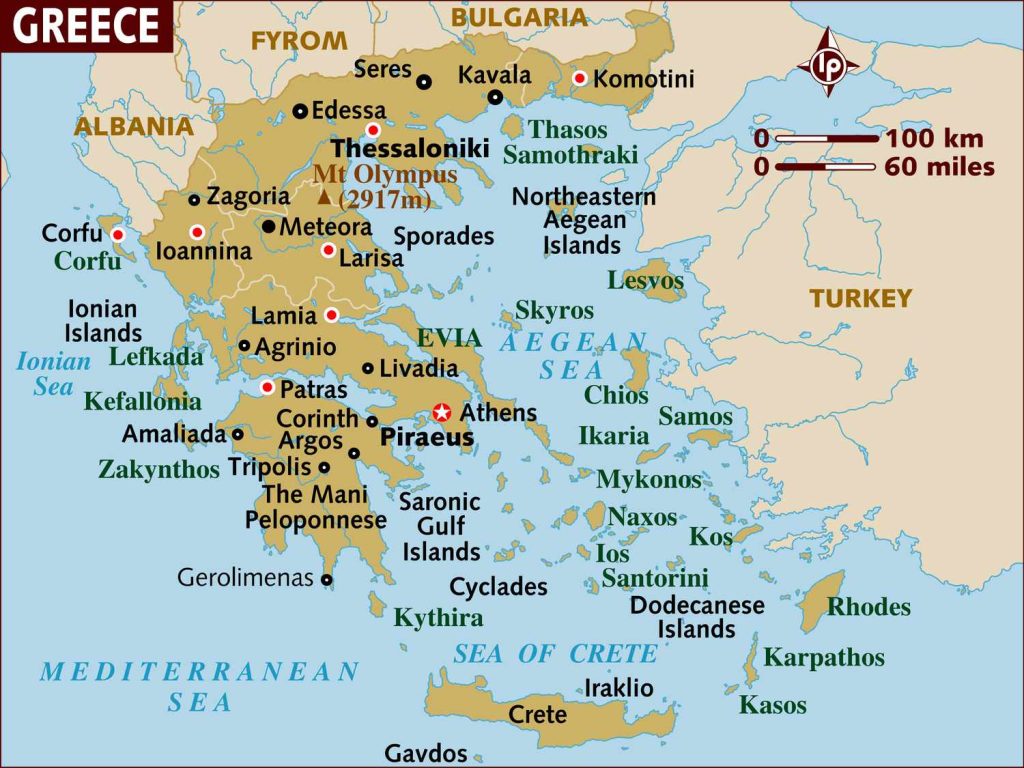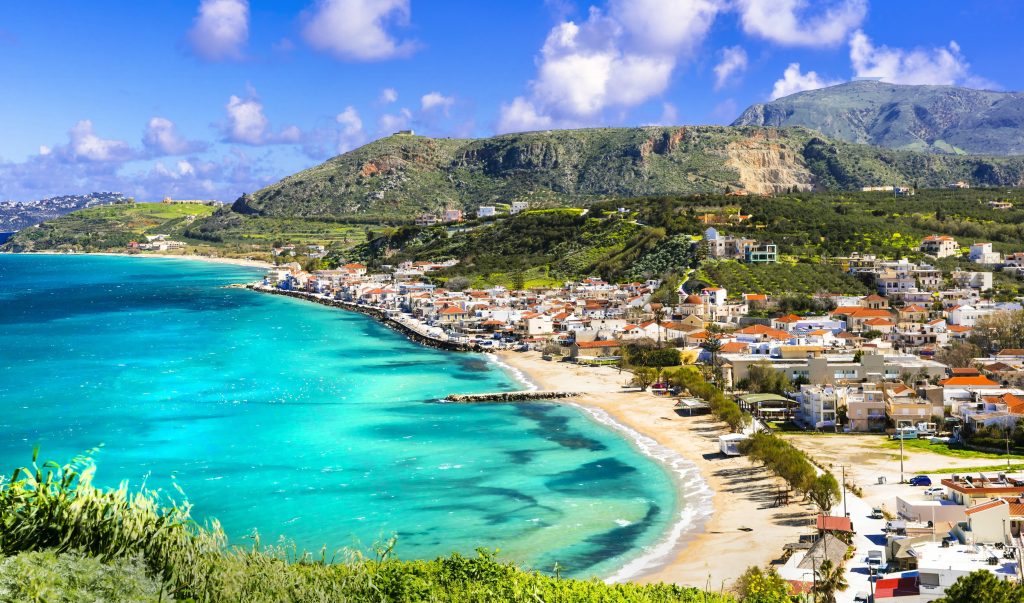Travel
Map of Greece with Crete

Understanding the geographical layout of Greece, including the prominent island of Crete, is essential for travelers, students, and geography enthusiasts. Greece is a country rich in history, culture, and natural beauty, and its diverse landscapes include mainland regions and numerous islands. Crete, the largest and one of the most significant islands, holds a special place in Greece’s geography and history.
This article provides an in-depth look at the map of Greece with Crete, exploring its geographical features, historical significance, and travel information.
Geographical overview of Greece
Greece is located in Southeastern Europe and is bordered by Albania, North Macedonia, Bulgaria, and Turkey. It has a diverse landscape that includes mountains, plains, and coastlines along the Aegean, Ionian, and Mediterranean Seas.
- Regions: Greece is divided into several regions, including Central Greece, Macedonia, Thessaly, Epirus, Peloponnese, and the islands of the Aegean and Ionian Seas.
- Major Cities: Athens (the capital), Thessaloniki, Patras, and Heraklion.
Map of Greece with Crete

The Greek islands
Greece is renowned for its numerous islands, each offering unique attractions and landscapes.
- Aegean islands: Includes islands like Mykonos, Santorini, and Rhodes.
- Ionian islands: Includes Corfu, Kefalonia, and Zakynthos.
- Crete: The largest and most populous of the Greek islands.
Crete: The Jewel of the Mediterranean

Crete is situated in the southern part of the Aegean Sea. It is the largest island in Greece and the fifth largest in the Mediterranean.
- Coordinates: Approximately 35.2401° N latitude and 24.8093° E longitude.
- Area: Covers an area of about 8,336 square kilometers (3,219 square miles).
- Population: Around 600,000 inhabitants, making it the most populous Greek island.
Major cities and regions
Crete is divided into four regional units: Chania, Rethymno, Heraklion, and Lasithi. Each region has its own unique attractions and characteristics.
- Heraklion: The capital and largest city of Crete, known for its archaeological sites and vibrant culture.
- Chania: Famous for its beautiful Venetian harbor and historical architecture.
- Rethymno: Known for its well-preserved old town and sandy beaches.
- Lasithi: Features the picturesque town of Agios Nikolaos and the island’s easternmost attractions.
Historical significance of Crete
Crete is renowned for its profound historical significance, being the cradle of the ancient Minoan civilization, and one of Europe’s earliest and most advanced cultures.
The island’s rich history is reflected in its numerous archaeological sites, such as the palaces of Knossos and Phaistos, and its pivotal role in Greek mythology.
These elements make Crete a vital part of Greece’s historical and cultural heritage.
Ancient civilization
Crete is often considered the cradle of the Minoan civilization, one of the earliest and most advanced civilizations in Europe.
- Knossos: The largest Bronze Age archaeological site on Crete and the ceremonial and political center of the Minoan civilization.
- Phaistos: Another significant Minoan palace complex, known for its architectural and historical importance.
Mythology
Crete holds a prominent place in Greek mythology.
- King Minos: Legendary king of Crete, associated with the myth of the Minotaur and the labyrinth.
- Birthplace of Zeus: According to myth, Zeus, the king of the gods, was born in a cave on Mount Ida, the highest mountain in Crete.
Travel and tourism
Crete is a premier destination for travelers seeking a blend of history, natural beauty, and vibrant culture. The island offers an array of attractions, from ancient archaeological sites to stunning beaches and scenic hiking trails. With accessible airports and regular ferry services, Crete is easy to reach and navigate, making it a must-visit location for anyone exploring Greece.
Attractions in Crete
Crete offers a diverse range of attractions, from historical sites to natural wonders.
- Samaria Gorge: One of Europe’s longest gorges, offering spectacular hiking experiences.
- Elafonissi Beach: Known for its pink sand and crystal-clear waters.
- Spinalonga Island: A historic leper colony and one of Crete’s most visited attractions.
Getting to Crete
Crete is accessible by air and sea.
- Airports: Major airports include Heraklion International Airport and Chania International Airport.
- Ferries: Regular ferry services connect Crete to the Greek mainland and other islands.
Maps and navigation
A detailed map of Greece with Crete is essential for planning travel and understanding the island’s geography.
- Physical Maps: Show the island’s terrain, including mountains, valleys, and coastal areas.
- Political Maps: Highlight regional boundaries, major cities, and transportation networks.
- Tourist Maps: Focus on attractions, accommodations, and amenities.
Digital Maps and GPS
Digital maps and GPS technology have made navigation easier for travelers.
- Google Maps: Provides detailed maps, directions, and real-time traffic updates.
- Offline Maps: Apps like Maps.me offer downloadable maps for offline use, which is useful in areas with limited internet access.
The importance of Crete in greek culture
Crete holds a special place in Greek culture due to its rich history, vibrant traditions, and significant contributions to mythology and the arts.
This island is not only a cornerstone of ancient Greek civilization but also a living repository of cultural heritage, with unique music, dance, festivals, and cuisine that continue to influence and enrich Greek culture as a whole.
Cultural heritage
Crete’s rich cultural heritage is reflected in its music, dance, and festivals.
- Cretan music and dance: Traditional music and dances, such as the Pentozali, are integral to Cretan culture.
- Festivals: Celebrations like the Feast of St. Titus and the Rethymno Carnival highlight Crete’s vibrant cultural scene.
Cuisine
Cretan cuisine is renowned for its simplicity and use of fresh, local ingredients.
- Olive oil: Crete produces some of the finest olive oil in the world.
- Traditional dishes: Dishes like dakos, moussaka, and Cretan cheese pies are staples of the local diet.
Final thoughts
A detailed map of Greece with Crete is invaluable for understanding the geography, history, and culture of this fascinating region. Crete’s rich heritage, stunning landscapes, and significant historical sites make it a unique and essential part of Greece.
Whether you are planning a visit or studying the island’s history, a comprehensive map will enhance your appreciation of Crete’s role in Greek culture and its enduring appeal as a travel destination.
